 Covering COVID-19 is a daily Poynter briefing of story ideas about the coronavirus and other timely topics for journalists, written by senior faculty Al Tompkins. Sign up here to have it delivered to your inbox every weekday morning.
Covering COVID-19 is a daily Poynter briefing of story ideas about the coronavirus and other timely topics for journalists, written by senior faculty Al Tompkins. Sign up here to have it delivered to your inbox every weekday morning.
Let’s start by noting that around 500 people a day are dying in America from COVID-19. If that many people died every day from the seasonal flu, it would be the lead story on the evening news and headlines would warn people to take care.
How did 500 deaths a day, day after day, become acceptable when there are vaccines that prevent nearly all COVID-19 deaths?
Any day now, the place where you get your COVID-19 vaccinations will have the newest booster dose just approved by the Food and Drug Administration and Centers for Disease Control and Prevention for adults who got their last dose at least two months ago. The new dose is different because it targets the omicron variants. But some vaccine experts at the CDC said they worry that people should wait longer than two months to get another booster. Some say patients should wait four or even six months to get another booster.
The two-booster doses produced by Pfizer and Moderna target different age groups. The CDC authorized Pfizer and BioNTech’s shot for people as young as 12. It authorized the Moderna vaccine for those 18 and older.
The CDC’s expert panel heard evidence that unvaccinated Americans are still getting sicker than vaccinated individuals. That has been especially true during the omicron phase of the pandemic that started early this year. CDC experts told the panel, “People who recently had SARS-CoV-2 infection may consider delaying any COVID-19 vaccination, including bivalent booster vaccination, by 3 months from symptom onset or positive test (if infection was asymptomatic).”
However, if you recently had the omicron COVID-19 infection, your body may well be maxed out on antibodies generated by your own immune system and it might benefit you to wait a little while to allow the natural immunity to wane before trying to boost your immune protection again this fall or winter.
The side effects from the new bivalent vaccine are about the same as the symptoms you already know from the first vaccines: headaches, fatigue, chills.
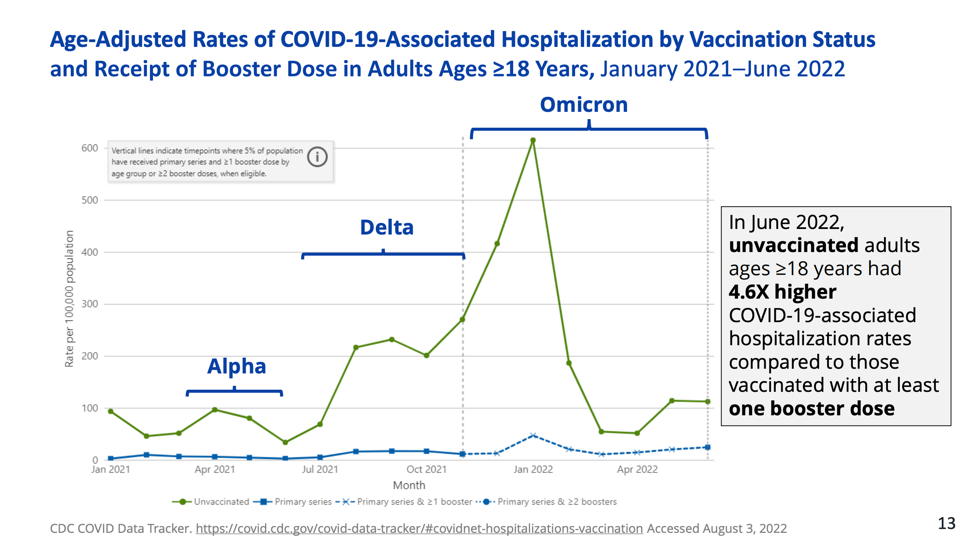
(CDC)
And while the current case count and hospitalizations are dropping again, infections are naggingly high as we enter peak infection season, which worries everyone who tracks this pandemic.
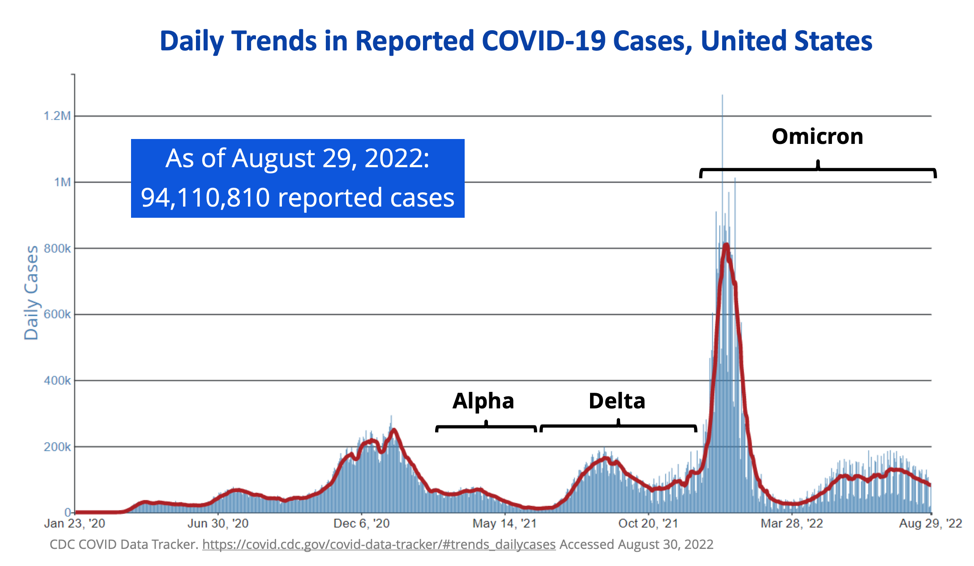
(CDC)
The CDC tried to simplify its guidelines for how the vaccine regimen will work this fall. People who are unvaccinated will still get the mRNA vaccine that everyone has gotten before now. A month or so later, they will get another dose of that same vaccine. Moderna and Pfizer recipients will get a third dose of that same vaccine. A couple of months later, they then will be eligible for this newest vaccine targeting omicron. People who currently are fully vaxxed will go for the new bivalent vaccine next.
The CDC graphic below also lays out the steps the government is recommending for immunocompromised people.
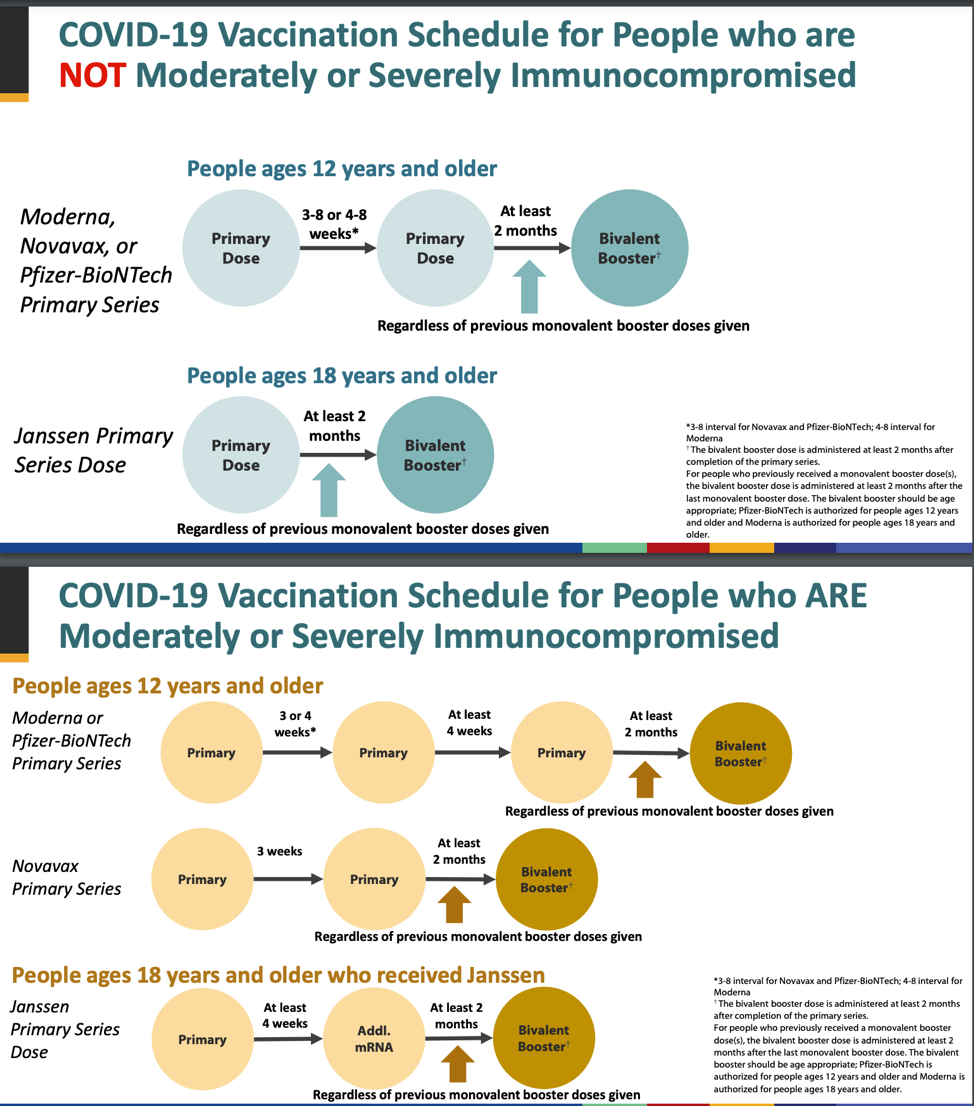
(CDC)
Journalists have an opportunity to explain how a bivalent booster could help people who have not been infected with the omicron variant. The Atlantic explains:
Americans who have already gotten three or more doses “have probably maxed out the protective capacity” of the original shots. By contrast, the bivalent vaccines offer something new to those who have so far escaped Omicron: a lesson on the spike proteins of the BA.4 and BA.5 subvariants, which will help the immune system fight the real thing should it get into your body. “I’m just super excited to get the bivalent vaccine,” says Jenna Guthmiller, an immunologist at the University of Colorado who has not yet had COVID. “I think it’ll be really nice and ease my mind a little bit.”
How long that extra-protective state lasts, or whether it’s sufficient to prevent any infection whatsoever, is still a scientific puzzle. The original boosters were shown to increase antibody levels to a peak about two weeks after the shot, then decay steadily over the following three months. We don’t know yet whether a bivalent formula will change that timeline.
The water crisis in Jackson, Mississippi, is a symptom of a bigger national problem
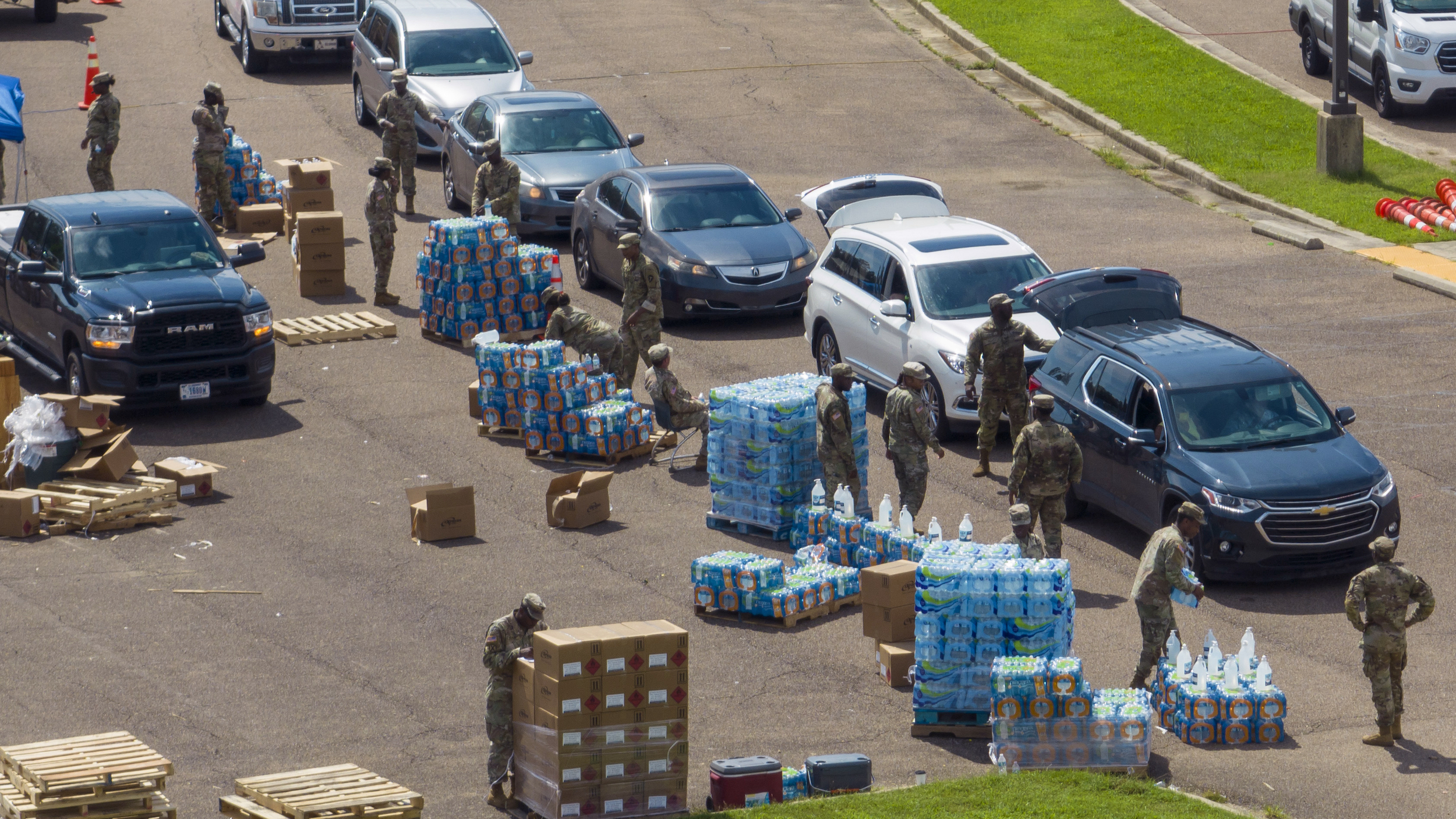
Members of the Mississippi National Guard distribute water and supplies to Jackson residents Friday Sep. 2, 2022, in Jackson, Miss. (AP Photo/Steve Helber)
The simple fact is the people of Jackson, Mississippi, deserve better than to boil water for weeks on end because their water system is unreliable at best. Some people in Jackson pay hundreds of dollars a month for dirty, brown, undrinkable water. It has been this way for years, they say. The governor and mayor bicker about it and nothing gets fixed, just repaired. The Washington Post describes it all in a weekend piece that will leave you clenching your fists.
And the people of Jackson are not alone.
The American Society of Civil Engineers’ national infrastructure report card says nationwide, “There is a water main break every two minutes, and an estimated 6 billion gallons of treated water lost each day in the U.S. enough to fill over 9,000 swimming pools.”
The report shows that the Biden infrastructure plan has a lot of making up to do considering, “Funding for drinking water infrastructure has not kept pace with the growing need to address aging infrastructure systems, and current funding sources do not meet the total needs. In general, however, state and local governments have invested more than their federal counterparts. Despite the growing need for drinking water infrastructure, the federal government’s share of capital spending in the water sector fell from 63% in 1977 to 9% of total capital spending in 2017. On average, about two-thirds of public spending for capital investment in water infrastructure since the 1980s has been made by state and local governments.”
Jackson has struggled with safe water access for decades and has lacked the funding to implement change. Mayors and city council members have called for repairs since the 1940s, the Jackson Clarion-Ledger reported. In the 1970s and again in 2020, the EPA warned that the city had to get serious about updating its infrastructure to improve water quality. The 2020 report highlighted lead pipes, faulty monitoring equipment and insufficient staffing. Years of neglect have built up and in 2021 alone, the city had dozens of boil-water notices due to the old, fragile water system.
“We’re facing an environmental injustice and we have been ignored. Jacksonians and people around the area have been ignored by state leadership and now they want to swoop in–all hands-on deck, fixing the problem–but we’ve been asking for help for years, not even just from this administration,” Brown, the Jackson community organizer, says.
It surprised me how many boil water orders I found around the country this weekend. People around Detroit will boil their drinking water for weeks. Water was also unsafe for drinking in places in New Jersey, Louisiana, Texas and beyond. Here is a sample from a Google search for “boil water order.”
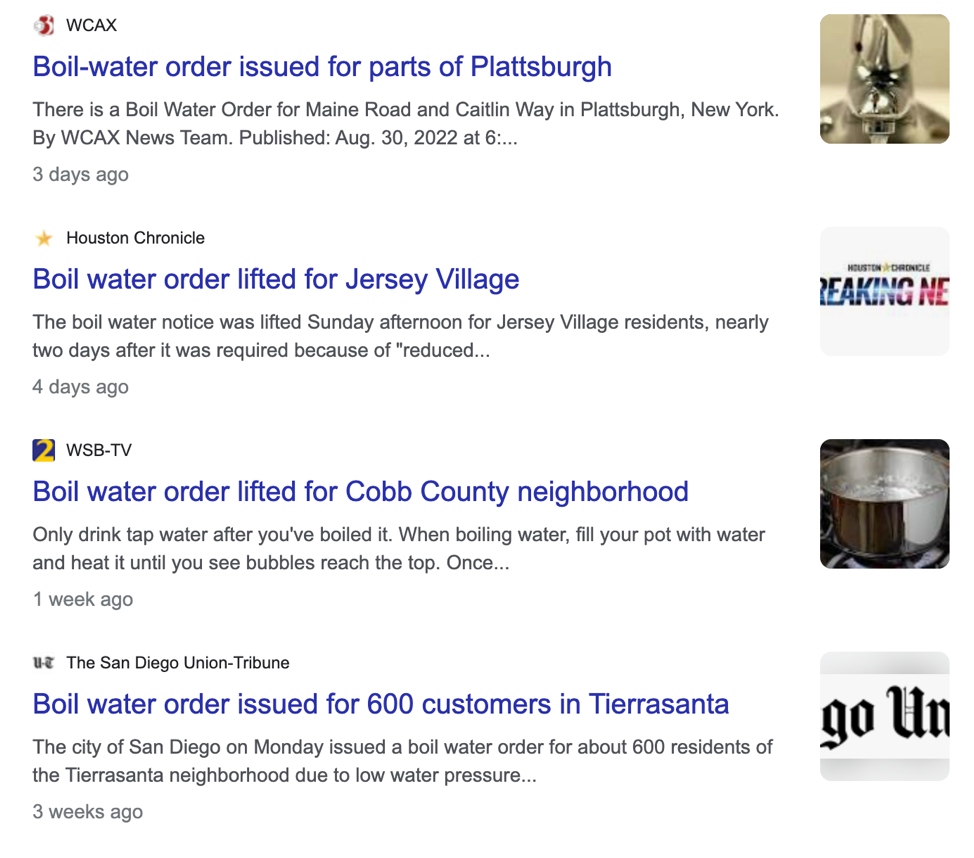
(Screenshot/Google)
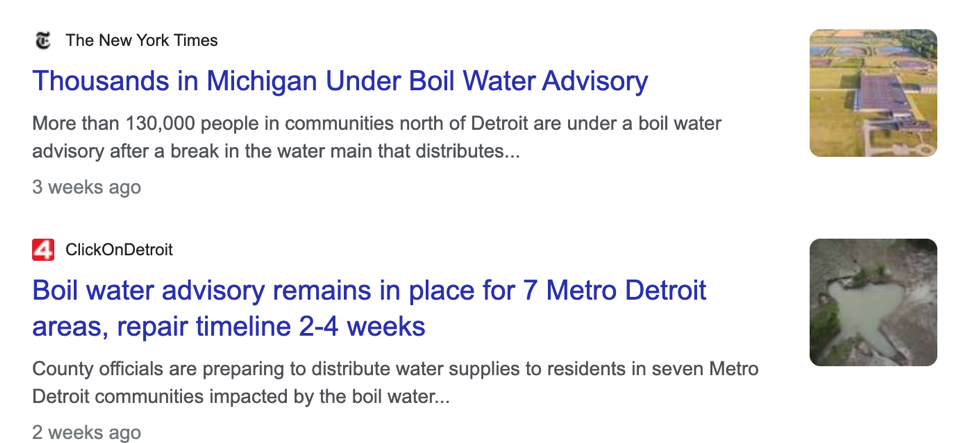
(Screenshot/Google)
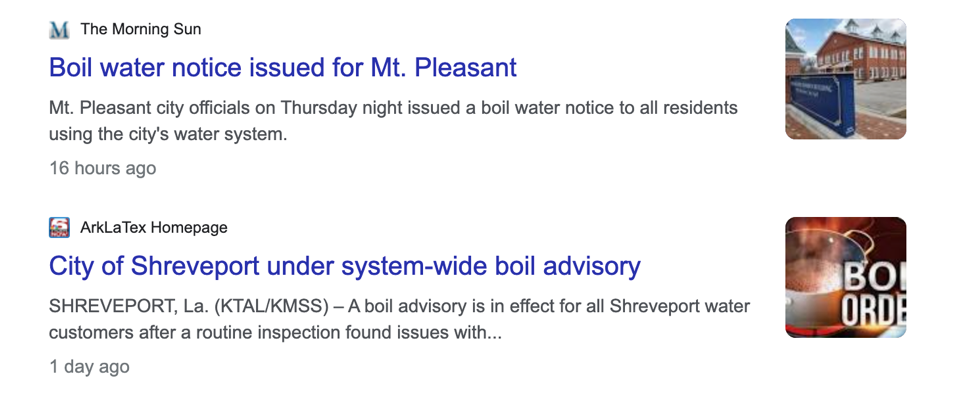
(Screenshot/Google)
Trevor Noah might give you some ideas on how to turn this topic into a compelling story. Zoom ahead to 1:17 in the video.
We’ll be back tomorrow with a new edition of Covering COVID-19. Are you subscribed? Sign up here to get it delivered right to your inbox.







